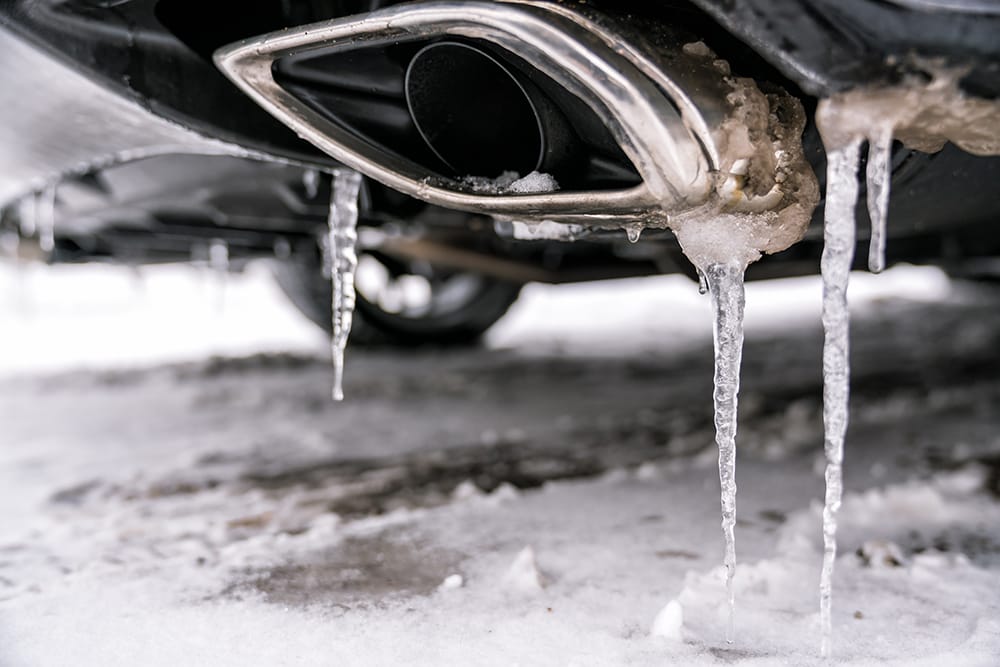How Long to Warm Up Your Engine Before Driving: Myths and Facts

Cold weather can be tough on our vehicles, affecting everything from battery performance to engine efficiency. One common practice during chilly mornings is letting your car idle to warm up before hitting the road. However, there's a lot of misinformation surrounding this practice. We’re here to set the record straight. Let’s explore the truth about how long you should let your car warm up in cold weather.
Dispelling the Myth
One of the most common myths is that you need to let your car idle for an extended period to warm up the engine. Modern vehicles, equipped with advanced technologies, don't require as much warm-up time as older models. In fact, idling for too long can be counterproductive, wasting fuel and contributing to unnecessary emissions.
The Optimal Warm-Up Time
Experts agree that letting your car idle for more than 30 seconds in cold weather is generally unnecessary. The most efficient way to warm up your car is to start driving gently. Idling doesn't warm up the engine as quickly as driving does, and today's engines are designed to warm up more efficiently while in motion. A good rule of thumb? Allow the vehicle to idle and warm up for only the length of time it takes you to clear and defrost the windows. Here are some other tips for an efficient warm up:
- Avoid Prolonged Idling: Limit idling to 30 seconds or less. Extended idling not only wastes fuel, but can also lead to increased wear on the engine over time.
- Drive Gently: Once you start driving, be gentle on the accelerator. Gradual acceleration allows the engine and transmission to warm up evenly.
- Use Winter-Grade Oil: Consider using winter-grade oil, which is designed to flow more easily in cold temperatures, reducing wear and tear on your engine during start-up.
- Keep it Clean: Ensure that your car's exhaust system, including the muffler and tailpipe, is free from snow and ice. This helps prevent carbon monoxide buildup when the engine is running.
Aside from the impact on your vehicle, prolonged idling contributes to air pollution and increases carbon emissions. Being mindful of unnecessary idling not only saves you fuel, but also helps reduce your carbon footprint.
In cold weather, it's essential to strike a balance between warming up your car and being fuel-efficient. The old practice of letting your car idle for an extended period is no longer necessary with modern vehicles. By following these tips and understanding the needs of your specific vehicle, you can ensure a smooth and efficient start – even on the coldest winter mornings.
Vehicle care information made available by Metro Motor is presented as helpful advice for general maintenance and should not be construed as instructions for at-home vehicle service. Be sure to consult your owner’s manual and a licensed, professional mechanic for diagnostics and repair.
